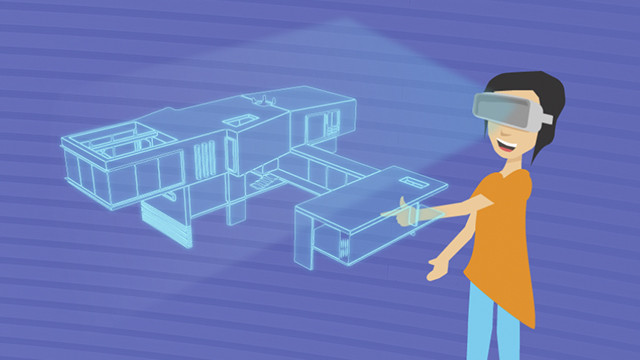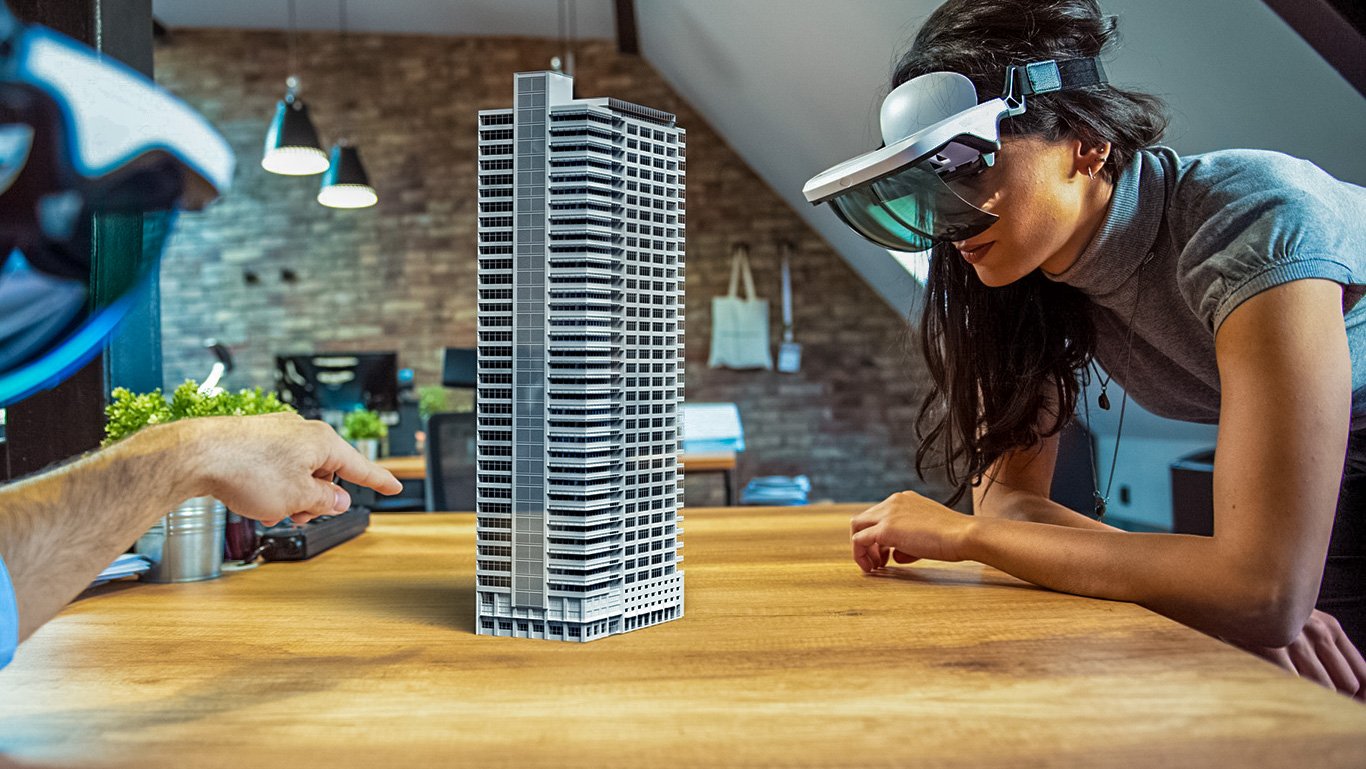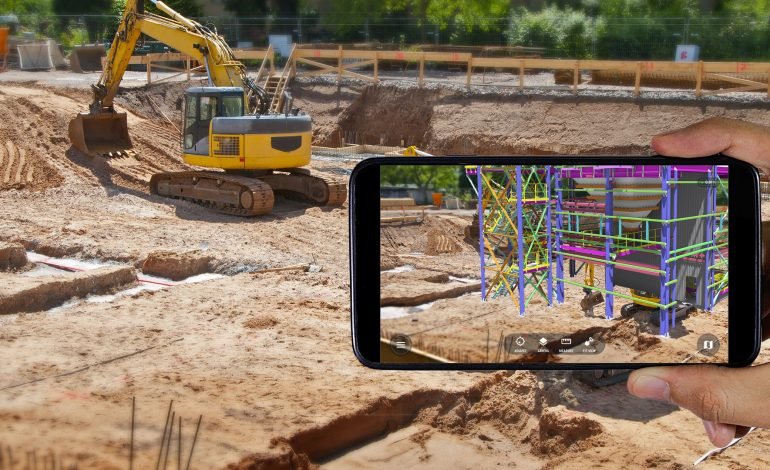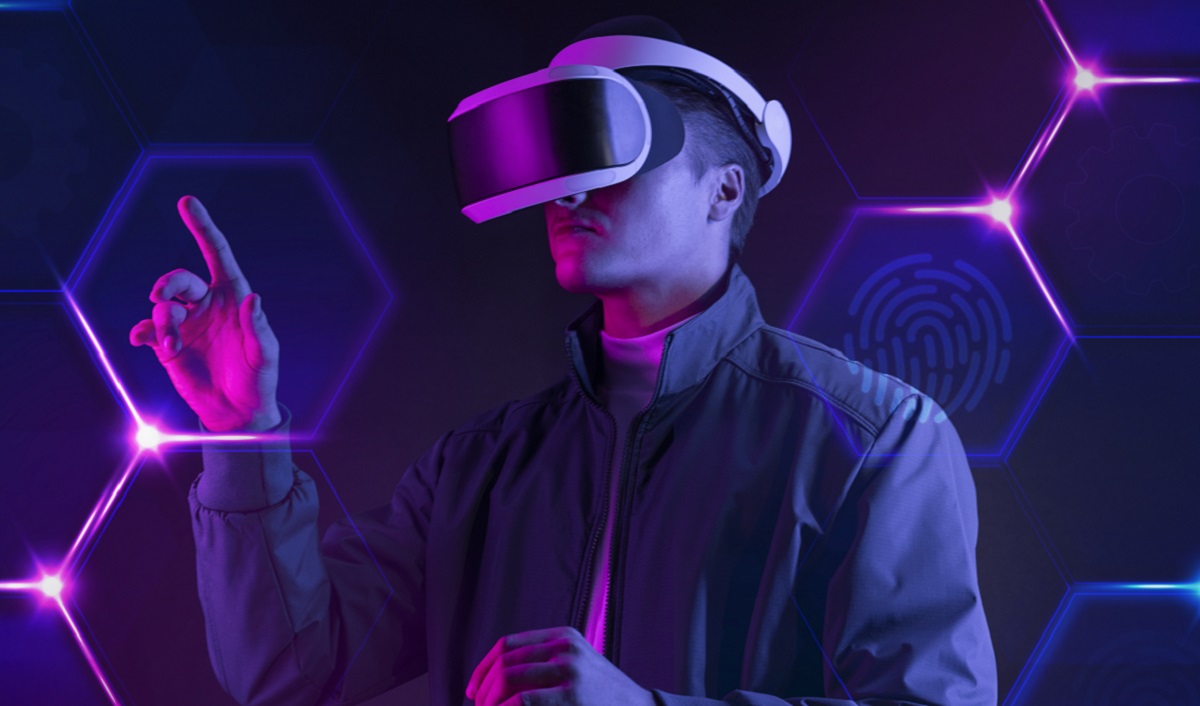How Ar/Vr In Architecture Transforming The 3d Industry?

Ar/VR technology is revolutionizing the way architects design and visualize buildings. By using ar/VR in architecture, architects can create 3D representations of their designs and explore them in a wholly immersive and interactive environment. With the help of ar/VR, architects can better explore the possibilities of a design before it is built, giving them more control over their projects and enabling them to create innovative and unique structures. In this blog post, we will explore how ar/VR is transforming the architecture industry and the exciting new possibilities it is opening up for architects.
Augmented reality in architecture – How does it work?

Augmented reality (AR) technology has become an integral part of the architecture and design industry. AR allows architects, designers, and clients to visualize 3D objects in real time and interact with them in the physical environment. This helps architects to bring their ideas to life and make them a reality.
Using AR in architecture involves creating a digital version of the project and then adding digital information to it, such as images, 3D models, videos, text, and audio. This allows the user to experience the project from different perspectives and visualize how it will look in the real world. Additionally, AR enables users to interact with the project and manipulate it by rotating, zooming, and panning to view different aspects of it.
By using AR in architecture, architects can create a better understanding of the project for their clients. It also enables them to make better decisions and identify any potential issues early on in the process. Furthermore, it can use AR to showcase how a project will look when completed, allowing architects and clients to experience it before construction.
AR can also improve communication between architects and clients by allowing them to collaborate virtually on projects. They can discuss changes and share ideas in real time, making the design process faster and easier. Additionally, it can help architects save time and money as it eliminates the need for costly physical mock-ups or prototypes.
Why use AR for projects?
Ar/Vr in architecture is becoming increasingly popular due to its ability to provide users with a more interactive and immersive experience. Augmented reality (AR) allows designers and architects to visualize 3D models in a physical space, allowing for real-time simulations and collaboration with the client. Can use AR to present the project realistically, with visual aids that can adjust in real time. This helps clients understand the project better, increasing their approval likelihood. Additionally, it enables designers to modify and experiment with their designs without the cost of building a physical model. In this way, AR helps to reduce the cost and time associated with construction projects while still providing an accurate representation of the project.
Virtual reality in architecture – How does it work?

Virtual reality (VR) is a powerful tool for the architecture industry. It allows designers to create realistic 3D representations of buildings and other structures, allowing them to test out different designs, materials, and colors safely and efficiently. The use of VR in architecture also allows architects to visualize the space as it would appear in real life, giving them a better understanding of how their design will look once completed.
Using ar/VR in architecture allows users to interact with the virtual environment in a way that was not possible before. Architects can walk around a 3D representation of their building, manipulate the structure by changing its size or shape, and even make modifications to its interior design. This allows them to experiment with different concepts without physically constructing the building. With the help of ar/vr, architects can understand how certain aspects of their design will look and feel before they commit to building it. This can save time, money, and energy when completing large-scale projects.
Why use VR for projects?
Virtual Reality (VR) has become an essential tool for architects, allowing them to create and visualize a 3D representation of their building before it is constructed. With VR, architects can design and experience their building in its entirety, as if they were physically inside the structure. This level of immersion provides an unprecedented level of accuracy and detail in the visualization of the project, allowing architects to make better-informed decisions about their designs. By using ar/or in architecture, architects can create realistic 3D models of their projects that are far more accurate than traditional rendering techniques.
VR also gives architects the ability to explore the entire building and its surroundings in a fully immersive way, allowing them to gain insights that would be difficult or impossible to obtain through traditional methods. VR allows architects to evaluate potential problems and solutions before they are implemented, reducing construction costs and time. By leveraging the power of VR in architecture, architects can ensure that the final product meets their expectations and achieves the desired outcome.
AR/VR in architecture technology is transforming 3d construction
AR/VR in architecture is becoming increasingly popular, allowing architects to create 3D representations of their projects and view them from different angles. This technology has become a powerful tool for architects, allowing them to gain insight into the design process and visualize their projects more accurately.
AR/VR technology allows architects to have an immersive experience of their designs, allowing them to explore and experiment with the design before starting the actual building process. With AR/VR, architects can also quickly analyze existing structures, collaborate on projects with colleagues remotely, and quickly create realistic renderings of their projects without having to build a physical model.
The use of AR/VR in architecture is also being used to create virtual tours of potential sites, making it easier for architects to find the right spot for a project. This technology is also used to help architects develop a deeper understanding of the materials they are using, as they can now interact with the material before selecting it for their project.
In addition, using AR/VR in architecture is also becoming a tool for clients to visualize the project better before construction begins. Architects can show clients what their project will look like in real time, helping them make decisions about the design before investing any money.
Overall, AR/VR technology is transforming the way architects work by allowing them to quickly and accurately visualize their projects, analyze existing structures, and interact with materials. This technology is revolutionizing architecture and making it easier for architects to create innovative and stunning designs that can be enjoyed by many.
Why are Virtual Reality and Augmented Reality important to Architecture?

Virtual reality (VR) and augmented reality (AR) are revolutionizing the architecture industry. AR/VR in architecture provides a unique and interactive way of exploring and designing buildings in 3D. By using these technologies, architects can create a realistic experience for their clients to explore the design of the building from different angles and view the project as if it were already built.
In addition to providing an accurate representation of the building, AR/VR in architecture also helps speed up the design process by allowing designers to make changes and adjustments on the fly without having to rebuild the model entirely. This makes it easier for architects to adjust their design ideas without going through the tedious process of starting over.
Overall, AR/VR in architecture transforms how buildings are designed, allowing architects to be more creative and efficient in their work. It also gives clients a much better idea of what their building will look like before it is even constructed. With the help of this technology, architects can create more accurate representations of buildings and communicate better with their clients, ultimately leading to more successful projects.
Conclusion
Ar/VR in architecture has been a revolution for the industry, allowing architects to create 3D representations of more lifelike buildings. Through these new technologies, architects can quickly and easily visualize projects with greater accuracy, allowing them to make decisions faster and more confidently. By leveraging AR/VR in architecture, architects can create better-designed projects and present them more realistically than ever. With advancements in technology, AR/VR in architecture will continue to transform the industry for years to come.





